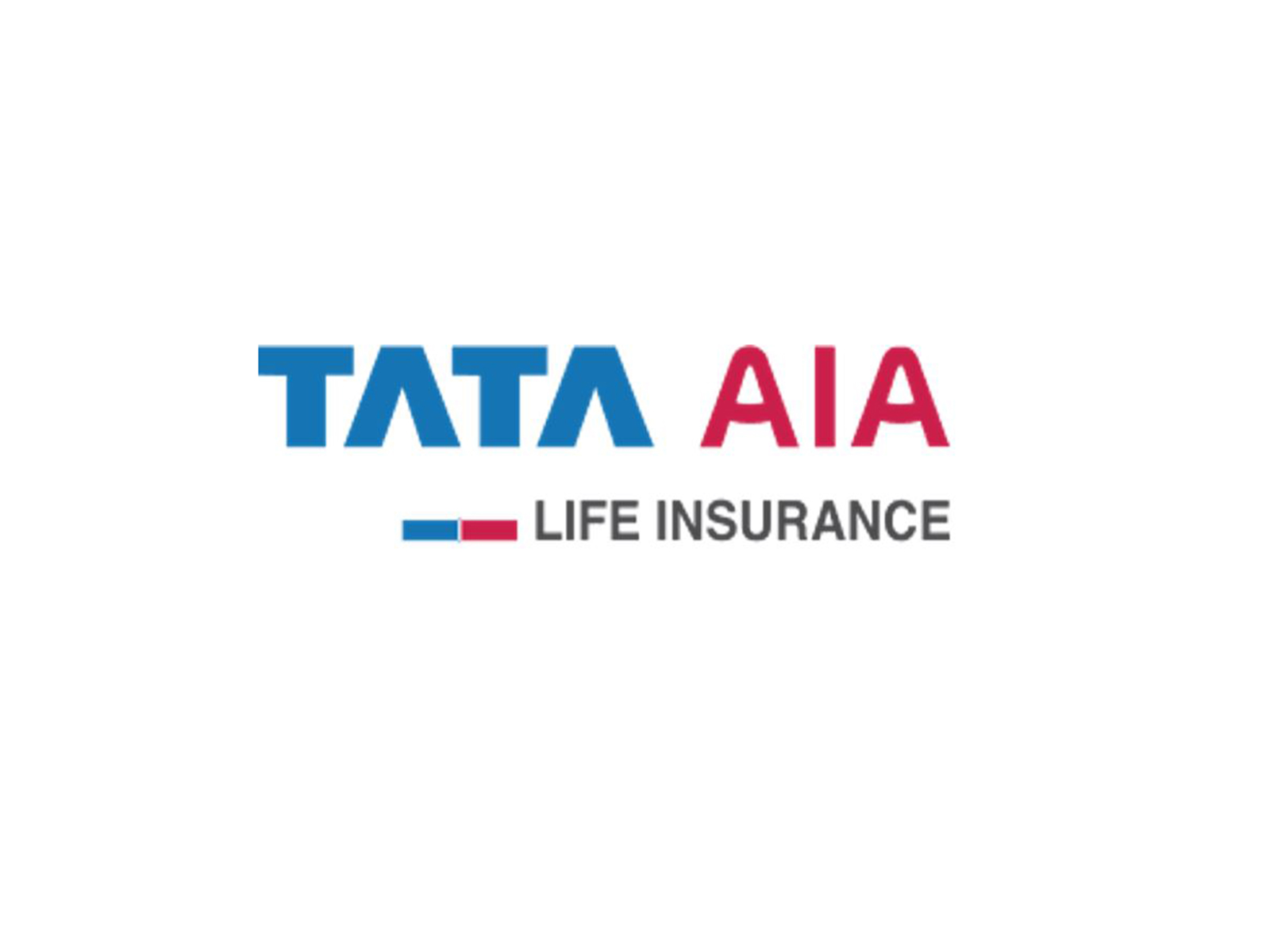New Delhi [India], August 3 (ANI): India’s tax landscape has undergone a transformation with the introduction of the new income tax regime, a key highlight of the Union Budget 2024-25.
An increasing number of taxpayers have opted for the New Tax Regime this year. Out of the total ITRs of 7.28 crore filed for Assessment Year (AY) 2024-25, 5.27 crore have been filed in the New Tax Regime compared to 2.01 crore ITRs filed in the Old Tax Regime.
Thus, about 72 per cent of taxpayers have opted for the New Tax Regime, while 28 per cent continued to be in the Old Tax Regime.
The government has placed a strong emphasis on the new tax regime, incentivizing taxpayers to adopt it for a simpler, more beneficial approach to tax compliance.
One of the most significant advantages of the new regime is its simplicity. The days of sifting through numerous deductions and exemptions are over.
The Confederation of Indian Industry (CII) reported that the new structure offers a clear and straightforward calculation of tax liability, saving time and reducing the chances of errors and misunderstandings. For individuals juggling multiple income sources or those who find tax filing daunting, the new regime is a welcome change.
The new tax regime features lower tax rates, resulting in more disposable income for taxpayers. With increased financial flexibility, individuals can make more informed decisions about their spending, savings, and investments.
Whether planning a vacation, making a down payment on a house, or investing in retirement, the extra money can make a significant difference.
The government aims to broaden the tax base through this new regime. By simplifying the process and offering lower rates, more people are encouraged to file their returns, potentially leading to increased tax revenue.
This additional revenue can be utilised for essential public services and infrastructure development, benefiting the nation as a whole.
While the old regime offered certain deductions and exemptions, the new regime provides a clear and predictable tax structure.
This empowers taxpayers to make informed financial decisions without the complexities of navigating various tax-saving options. Such clarity can lead to better financial planning and a sense of control over one’s finances.
According to the CII report, employers also benefit from the new income tax regime, as it simplifies the process of calculating tax deductions at source (TDS).
With fewer exemptions and deductions to consider, employers can streamline payroll processing, reducing administrative burdens and minimising errors. This efficiency can lead to cost savings and improved compliance.
The old tax regime, with its numerous exemptions and deductions, provided opportunities for tax evasion through misreporting and manipulation of claims.
The new regime’s straightforward structure reduces these opportunities, promoting greater transparency and compliance. By minimizing the scope for tax evasion, the new regime can potentially increase tax revenues for the government.
For individuals entering the tax system for the first time, the new regime offers a less intimidating introduction to tax compliance.
The straightforward tax rates and reduced need for detailed documentation make it easier for new taxpayers to understand their obligations and file their returns correctly. This ease of adoption can improve overall compliance rates and expand the taxpayer base.
The Union Budget 2024-25 incentivizes the adoption of the new income tax regime by including new income tax slabs for FY 2024-25 and a hike in the standard deduction from Rs 50,000 to Rs 75,000.
Additionally, the tax slab limit for the 5 per cent tax rate was changed from Rs 5 lakh to Rs 7 lakh. These changes are designed to simplify the tax structure and provide relief to taxpayers, offering a refreshing departure from the complexities of the old regime.
The new income tax regime in India represents a step towards simplifying the tax system and reducing the tax burden on individuals. By offering lower tax rates and a more straightforward filing process, it provides immediate financial relief and enhances disposable income.
The flexibility to choose between the old and new regimes ensures that taxpayers can optimize their tax liabilities based on their specific circumstances.
Overall, the new regime supports a more transparent, efficient, and taxpayer-friendly system, aligning with the government’s goals of fostering economic growth and improving tax compliance. (ANI)
Disclaimer: This story is auto-generated from a syndicated feed of ANI; only the image & headline may have been reworked by News Services Division of World News Network Inc Ltd and Palghar News and Pune News and World News
HINDI, MARATHI, GUJARATI, TAMIL, TELUGU, BENGALI, KANNADA, ORIYA, PUNJABI, URDU, MALAYALAM
For more details and packages
















